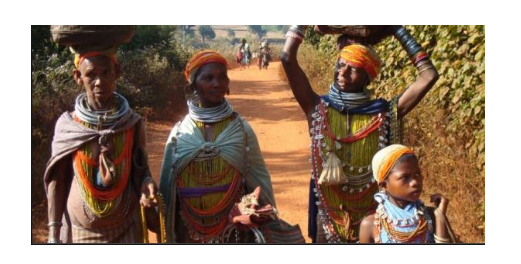29 Oct 2024 15:19:12 pm
Tags : Particularly Vulnerable Tribal Groups (PVTGs):

Topic: Governance
Why in the news?
Source: Down To Earth
About Particularly Vulnerable Tribal Groups (PVTGs):
Mankidia community:
0 Comments

© 2026 Catalyst IAS All Rights Reserved.